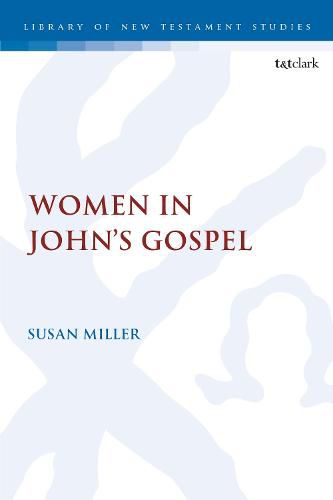Readings Newsletter
Become a Readings Member to make your shopping experience even easier.
Sign in or sign up for free!
You’re not far away from qualifying for FREE standard shipping within Australia
You’ve qualified for FREE standard shipping within Australia
The cart is loading…






Closely examines John’s portrayal of women in relation to discipleship and the theme of new creation, arguing that these depictions are influenced by his apocalyptic world-view. By employing historical and literary methods of biblical interpretation to analyse John’s presentation of women and gender, Miller explores the extent to which John gives any indications of the female role in both John’s community and the beginnings of the Christian faith.
Beginning with the Virgin Mary’s portrayal at the wedding at Cana, where she prompts Jesus to carry out his first sign, Miller then thoroughly asses several crucial female characters in John to stress how Jesus’ female followers truly recognise him as the Messiah. These include the Samaritan woman, Martha and Mary of Bethany and Mary Magdalene and her encounter with Jesus in the garden. Crucially, Miller suggests that John’s frequent use of woman links these female followers (particular Jesus’ venerated mother) with the figure of Eve in Genesis, and she concludes that women are associated with the hour of Jesus when he casts out the ruler of the world and inaugurates the new creation.
$9.00 standard shipping within Australia
FREE standard shipping within Australia for orders over $100.00
Express & International shipping calculated at checkout
Closely examines John’s portrayal of women in relation to discipleship and the theme of new creation, arguing that these depictions are influenced by his apocalyptic world-view. By employing historical and literary methods of biblical interpretation to analyse John’s presentation of women and gender, Miller explores the extent to which John gives any indications of the female role in both John’s community and the beginnings of the Christian faith.
Beginning with the Virgin Mary’s portrayal at the wedding at Cana, where she prompts Jesus to carry out his first sign, Miller then thoroughly asses several crucial female characters in John to stress how Jesus’ female followers truly recognise him as the Messiah. These include the Samaritan woman, Martha and Mary of Bethany and Mary Magdalene and her encounter with Jesus in the garden. Crucially, Miller suggests that John’s frequent use of woman links these female followers (particular Jesus’ venerated mother) with the figure of Eve in Genesis, and she concludes that women are associated with the hour of Jesus when he casts out the ruler of the world and inaugurates the new creation.